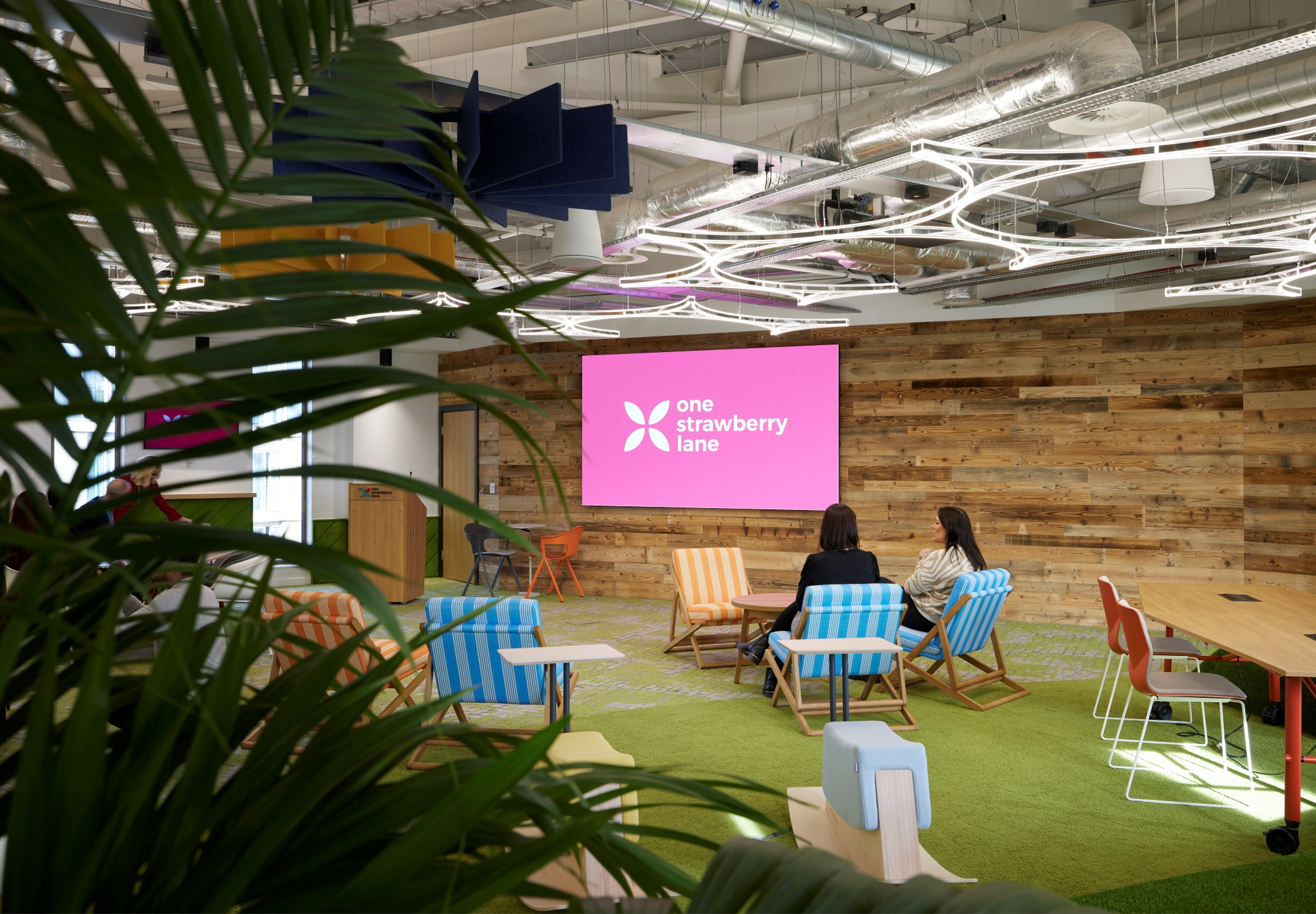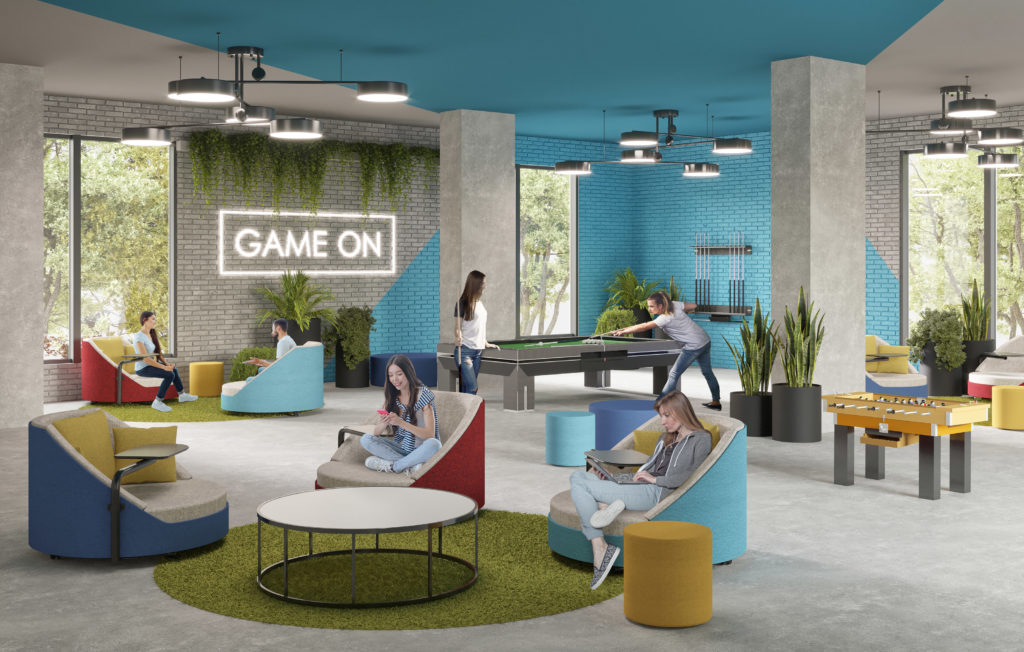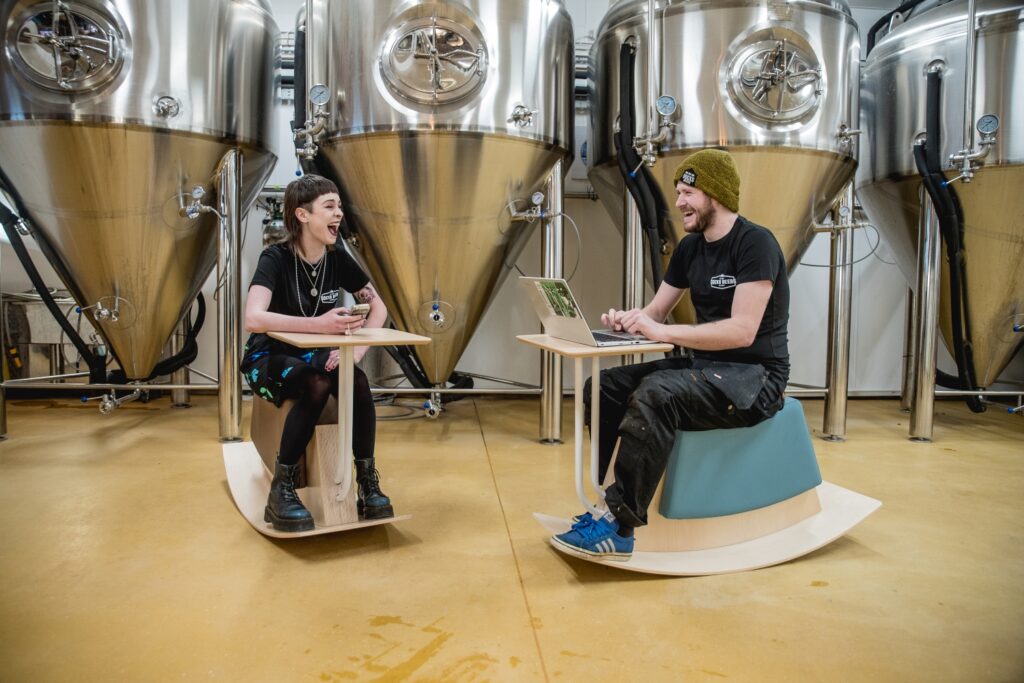Understanding Neurodiversity
Neurodiversity is a term that recognises and respects the natural variations in human brain function and behavior. It encompasses a range of conditions, including autism, ADHD, dyslexia, dyspraxia, and more. These differences are not viewed as deficits but as variations that bring unique strengths and perspectives to the workplace.
Importance of Neurodiversity in the Workplace:
Embracing neurodiversity in the workplace is not just about social responsibility; it’s also about leveraging the strengths of a diverse workforce to drive innovation and productivity. Neurodiverse employees often bring exceptional skills in areas such as problem-solving, creativity, and attention to detail. By fostering an inclusive environment, businesses can tap into these talents, leading to better outcomes for both the organisation and its employees.
Best Practices in Designing a Neurodiverse Workspace
Designing a workspace that accommodates neurodiverse employees involves thoughtful planning and a commitment to inclusivity. Here are some best practices:
Sensory-Friendly Environments
- Lighting: Use adjustable lighting options. Some neurodiverse individuals are sensitive to fluorescent lights, so consider natural light or adjustable LED lights.
- Noise: Create quiet zones or provide noise-canceling headphones. Open offices can be overwhelming, so having quiet spaces is essential.
- Layout: Offer a variety of workspaces, such as private offices, quiet zones, and collaborative areas, to cater to different needs and preferences.
Flexible Work Arrangements
- Remote Work: Allow remote work options where possible. Some neurodiverse employees may find home environments less distracting.
- Flexible Hours: Offer flexible working hours to accommodate different energy levels and productivity peaks throughout the day.
Clear Communication
- Instructions: Provide clear, concise, and written instructions. Visual aids can be very helpful.
- Feedback: Offer constructive feedback in a straightforward, respectful manner. Regular check-ins can help ensure that expectations are understood and met.
Assistive Technology
- Software Tools: Utilize software that supports neurodiverse needs, such as speech-to-text programs, mind-mapping tools, or apps designed to improve focus and organization.
- Ergonomic Equipment: Provide ergonomic furniture and equipment that can be adjusted to individual needs.
Training and Awareness
- Education: Conduct regular training sessions to educate all employees about neurodiversity and the benefits of an inclusive workplace.
- Support Systems: Create support systems, such as mentoring programs or employee resource groups, to provide guidance and community for neurodiverse employees.
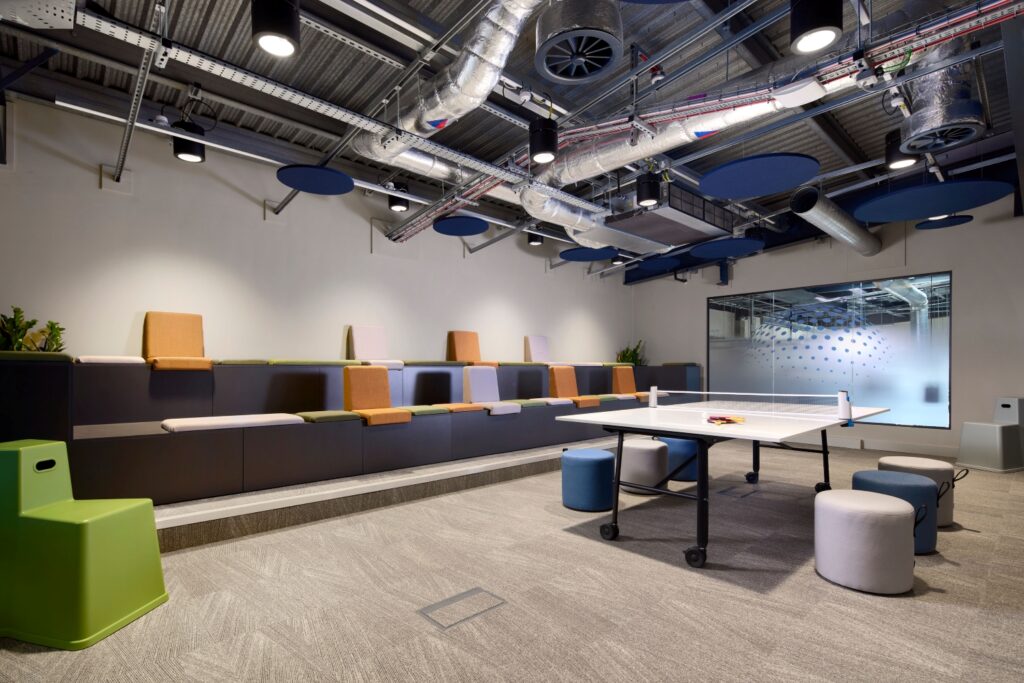
The Role of Flexible Furniture and Interior Design
Interior design and flexible furniture choices are pivotal in creating a neurodiverse-friendly workspace. Here’s how:
Flexible Furniture
- Choice of workspace: Giving employees choice on where to sit or locate to complete their project or task on hand is very important for a neuro-diverse workplace.
- Modular Furniture: Furniture that can be easily rearranged helps in creating customizable spaces to fit varying needs, from quiet solo workstations to collaborative meeting areas.
- Comfortable Seating: Offer a range of seating options, including ergonomic chairs, bean bags, and standing stools, to cater to different comfort levels and postural needs.
Interior Design
- Color Schemes: Use calming and neutral colors to create a soothing environment. Avoid overly bright or harsh colors that might be overstimulating.
- Textures and Materials: Incorporate a variety of textures and materials in the workspace design. Soft materials can create a more comfortable and inviting atmosphere.
- Biophilic Design: Integrate elements of nature, such as plants, natural light, and water features, to create a calming and refreshing environment.
- Wayfinding: Clear signage and visual cues help neurodiverse employees navigate the workspace easily, reducing anxiety and enhancing comfort.
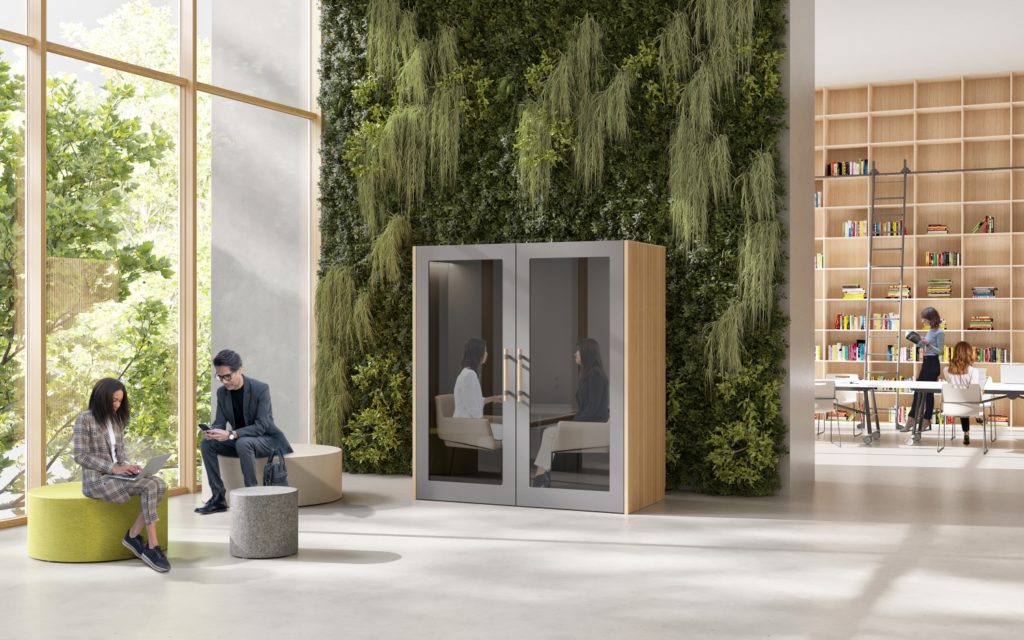
Implementing Neurodiversity Policies
To create a truly inclusive workplace, it’s essential to implement formal policies that support neurodiversity:
Recruitment and Hiring
- Inclusive Job Descriptions: Write job descriptions that focus on skills and abilities rather than rigid qualifications.
- Bias-Free Interviews: Train hiring managers to conduct interviews that minimize bias and focus on the candidate’s strengths.
Onboarding and Integration
- Structured Onboarding: Develop structured onboarding programs that provide clear expectations and support during the initial stages of employment.
- Buddy Systems: Pair new hires with a buddy or mentor to help them navigate the workplace and feel more comfortable.
Ongoing Support
- Regular Reviews: Conduct regular performance reviews that focus on strengths and areas for development, providing specific and actionable feedback.
- Mental Health Support: Offer access to mental health resources, such as counseling services or wellness programs, to support the well-being of all employees.
Conclusion
Creating a neurodiverse workplace is a continuous process that requires commitment, education, and flexibility. By recognising and valuing the unique contributions of neurodiverse employees, organisations can foster a more inclusive, innovative, and productive work environment. Embracing neurodiversity is not only the right thing to do; it also makes good business sense. Through thoughtful design, flexible furniture, supportive interior design, and inclusive policies, companies can ensure that all employees have the opportunity to thrive and contribute their best work.
